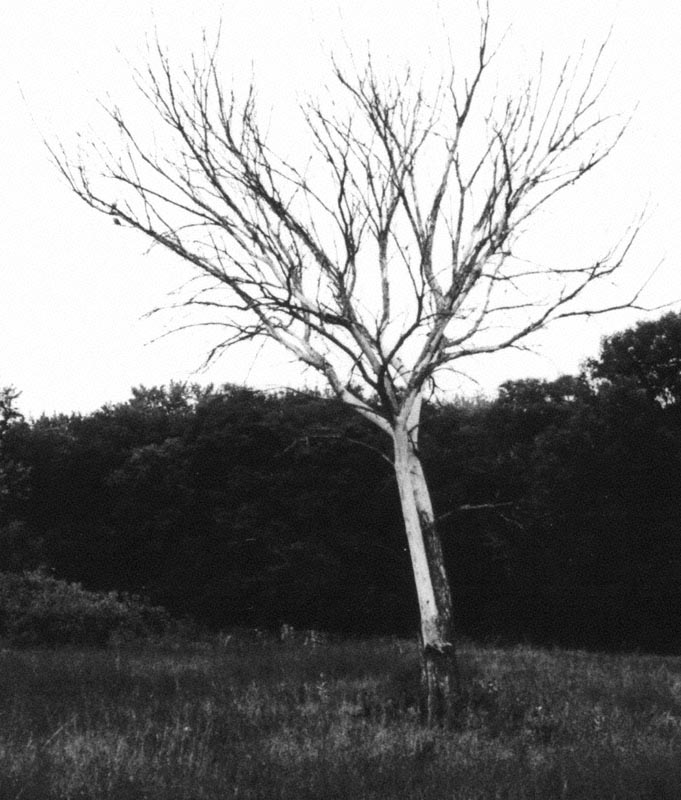Food Pesticides
On Wednesday, October 13, 1988, the Environmental Protection Agency decided that it would permit the use of cancer-causing pesticides whose residues on food are increased during processing, if the risk of cancer is negligible (!).
It permitted the licensing of new, "weakly" carcinogenic chemicals.
The decision was widely considered a gutting of the Delaney clause, named for its 1958 sponsor, then-Rep. James J. Delaney (D., N.Y.), which "barred the use of any food additive shown to cause cancer in animal or man."
There are 316 pesticide active ingredients for which the Environmental Proctection Agency has "established maximum permissable concentration of residues in food (tolerances)".
Currently employed analyses can only detect about half of these. "Multi- residue" analyses---methods that reveal a number of compounds---are used instead of specific analyses because of "cost-effectiveness".
A report presented by the congressional Office of Technology Assesment on 10/04/88, said the five multi-residue methods used by the Food and Drug administration can detect only 163 out of 316 compounds. These methods can detect only 10 of 74 compounds with pending or temporary tolerances, 25 of 56 with no established tolerance and 92 of 297 pesticide-associated chemicals.
Barely two weeks after the EPA reassured consumers that apples treated with the preservative daminozide (Alar) were safe, the Consumers Union (Consumers Report) reported that tests on samples of apple and apple products sold in the New York area contained unacceptable levels of Alar: "Though there is no strong evidence that Alar itself is carcinogenic, when apples are heat-processed to make commercial apple juice, part of the daminozide breaks down to form the carcinogen UDMH, which may pose a cancer risk to children who consume large amounts of apple juice."
The National Resources Defense Council notes that there are 300 pesticides used on food. After analyzing consumption data and allowable residues of eight chemicals known to cause cancer in lab animals on 27 fruits and vegeatbles, they concluded that as many as 5500 to 6200 children among the current preschool population "may eventually get cancer solely as a result of their exposure before 6 years of age."
The FDA, on Feb. 16, 1988, banned the fungicide captan from being used on 42 fruits and vegetables. It said that the fungicide posed a significant risk of cancer to consumers.
However, it allowed its continued use on the following products: almonds, apples, apricots, bluberries, celery, cherries, dewberries, eggplants, grapes, green onions, lettuce, mangoes, nectarines, peaches, pears, peppers, pimentoes, plums and prunes, raspberries, spinach, strawberries, taro, tomatoes and all seed treatments.
The acutely toxic insecticide, aldicarb (Temik), is still being used on potatoes, bananas, peanuts, oranges, grapefruit, limes, soybeans, sorghum, pecans, and dried beans.
Aldicarb, made from methyl isocyanate, the chemical that leaked from a Union carbide plant in Bhopal, India in Dec. 1984 and killed 2000 people (injuring tens of thousands), is so toxic that a drop absorbed through the skin can kill an adult. Aldicarb is applied as a granule to reduce the risk to farmers.
In 1979, New York authorities investigating mysterious stoamch ailments in Suffolk County, L.I., found aldicarb in underground water 50 times higher than was considered safe by the EPA. it had been used on potato crops.
In 1985, aldicarb applied illegally to watermelons by three California growers sickened 1000 people in eight western states.
Trace amounts of the chemical in popular foods can cause stomach cramps, nervous disorders, headaches and other ailments in children.
The FDA has approved waxes for food use which are made from shellacs, parafins, palm oil derivatives and synthetic resins---those same ingredients found in waxes for your car and kitchen floor.
The major problem is that the waxes may also contain fungicides. Any fungicide allowed on the produce as it is grown may be applied after harvesting, whether under the wax, in combination with it or alone.
Only one fungicide of the seven commonly used on crops has ever undergone a complete review by the EPA. Benomyl has been classified as a "possible human carcinogen".
There are 21 fruits and vegetables that may be waxed/fungicided: apples, avocados, bell peppers, cantaloupes, cucumbers, eggplants, grapefruits, lemons, limes, melons, oranges, parsnips, passion fruits, peaches, pineapples, pumpkins, rutabagas, squashes, sweet potatoes, tomatoes and turnips.







